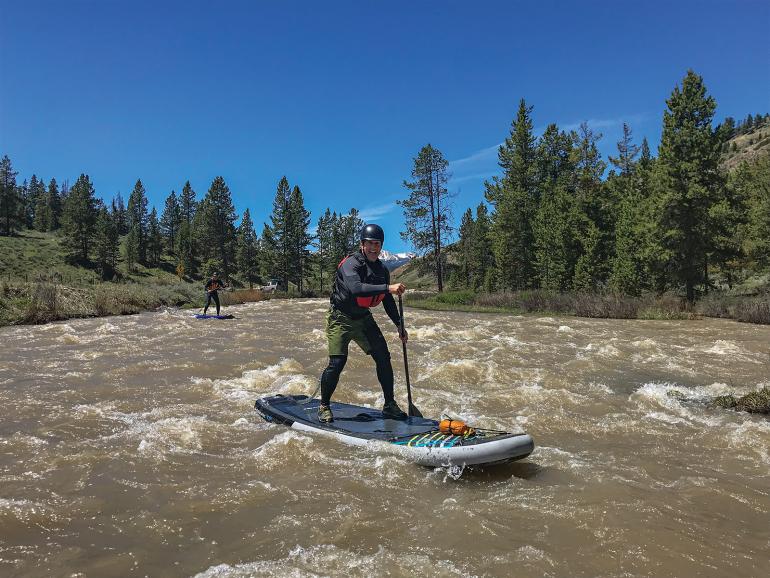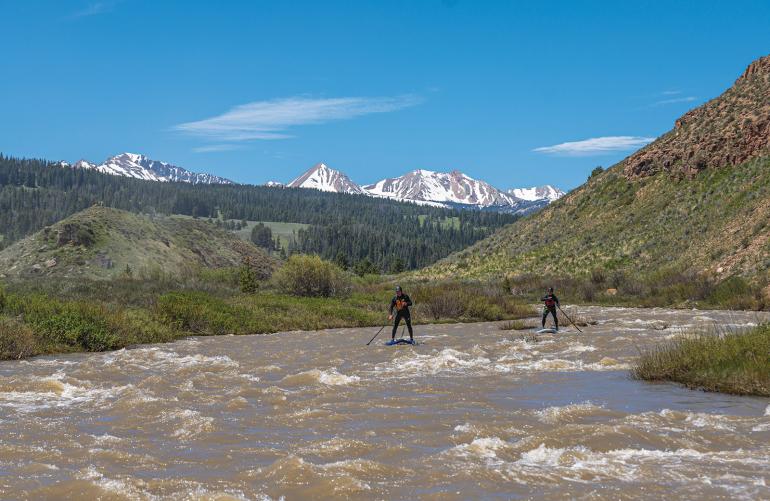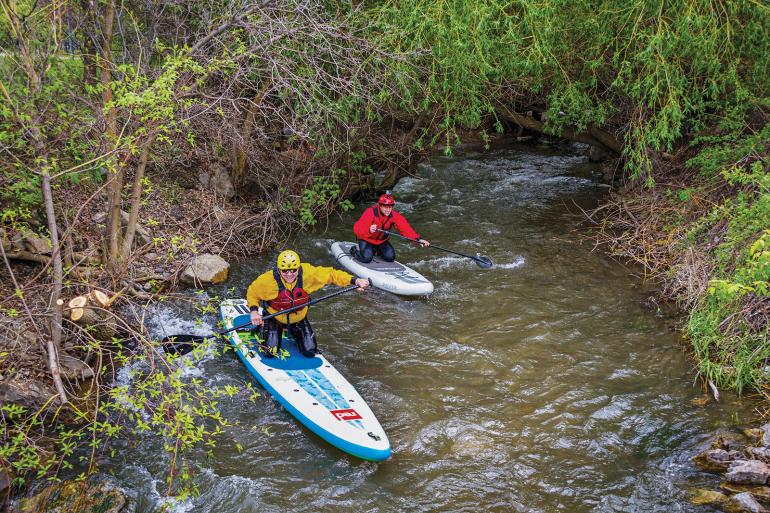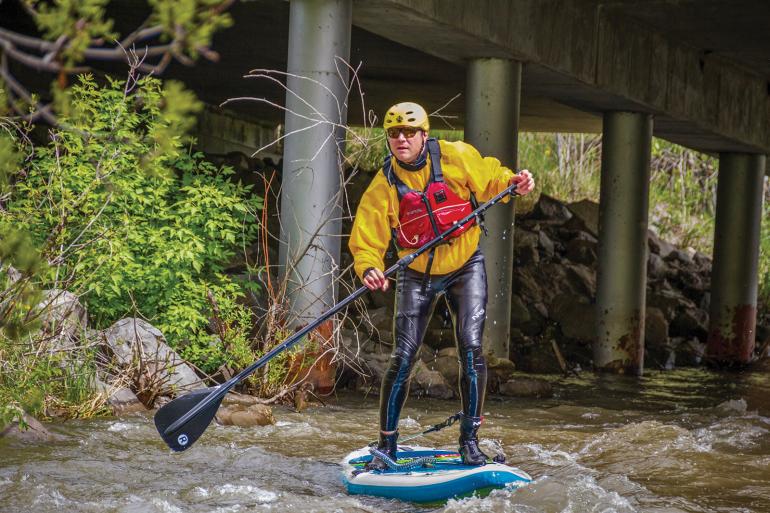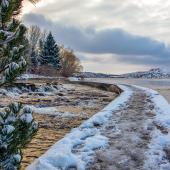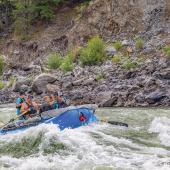The Channel Less Traveled
Paddling small streams in spring.
Every Bozeman paddler knows about the big three, but few of them venture outside the popular put-ins and take-outs. That’s not to say the Gallatin, Madison, and Yellowstone don’t provide spectacular whitewater—they do. But what about the creeks that make up these waterways?
Small tributaries that reduce to mere trickles in fall and winter, swell with spring runoff and open a stream of opportunity. The window is short, and their currents are swift; but timed right, these shallow waters offer exciting passage to those daring enough to try.
Navigating these types of channels is no booze cruise, for by the time they acquire enough water to become runnable, they’ve morphed into rushing torrents complete with log jams, sweepers, and unpredictable hydraulics. In some cases, rope and fencing strung across the water threaten decapitation. Don’t count on many places to stop along the way, either. Other than the occasional back eddy, opportunities to pull over will be few and far between. Once you put on, consider yourself signed up for whatever the stream has in store.
Here’s where doing your homework pays off, and with this, timing is everything. When the valley’s veins are fully charged, water levels rise and fall rapidly overnight, making it difficult to anticipate the channel’s character days ahead of time. The only tried-and-true way of knowing what features exist is to scout the river the day of.
Running these types of streams—Storm Castle, Mill Creek, Bozeman Creek, the East Gallatin, the Taylor Fork—requires a specific type of desire. It likely will demand some elbow grease just to get to the water (read: bushwhacking with boats or boards) and some handywork once you get there (read: cutting out a strainer that could kill you). But great effort is known for yielding great reward. So, if you’re looking for an unorthodox springtime adventure, Montana’s small streams pay out in splendor.


